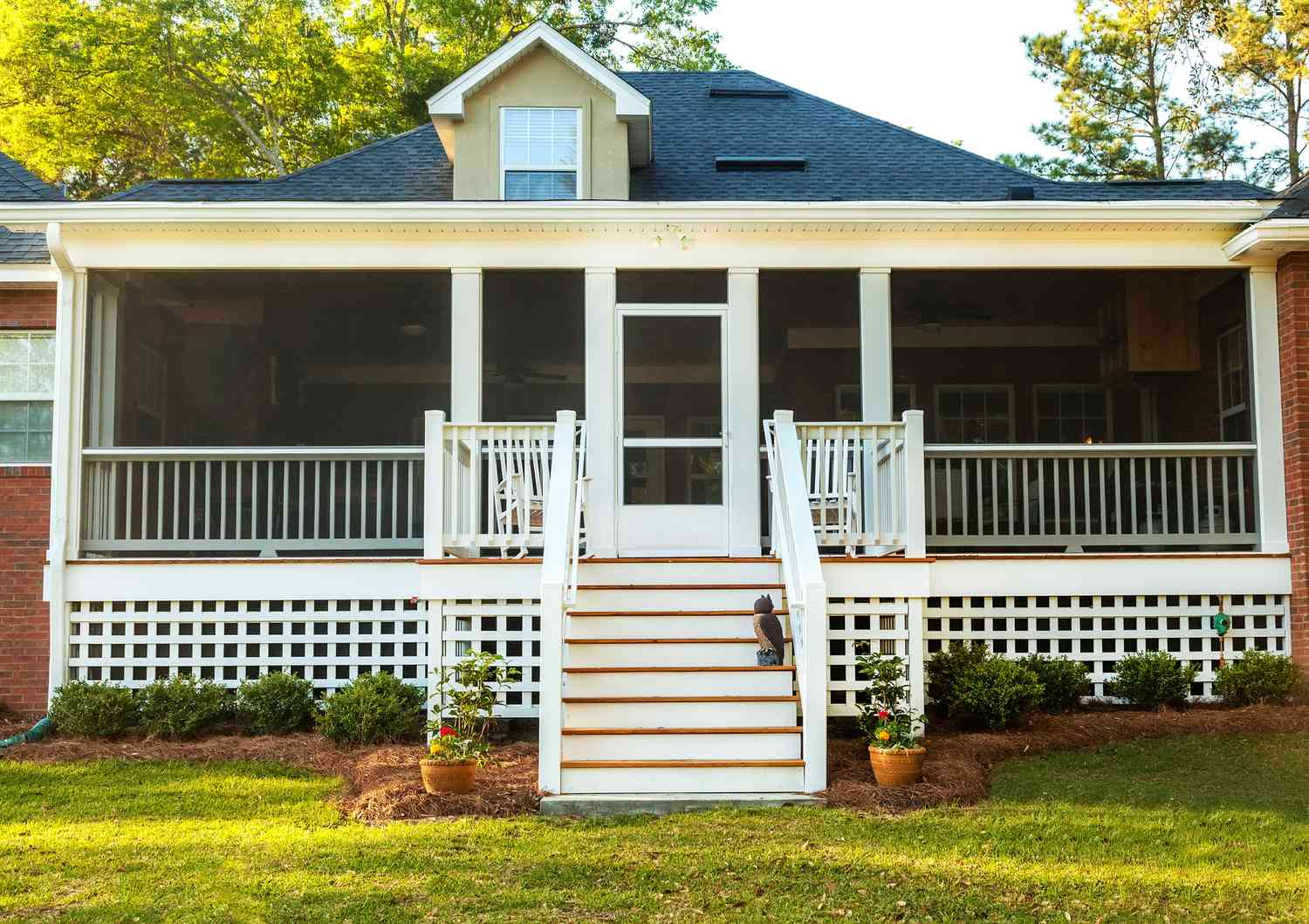

Articles
What To Use Instead Of Lattice Under Porch
Modified: August 28, 2024
Discover alternative options for lattice under your porch with these informative articles. Find creative ideas and solutions for your porch renovation project.
(Many of the links in this article redirect to a specific reviewed product. Your purchase of these products through affiliate links helps to generate commission for Storables.com, at no extra cost. Learn more)
Introduction
When it comes to enhancing the aesthetic appeal of a porch, many homeowners often consider adding lattice under it as a popular option. Lattice provides a charming and traditional look while also acting as a functional element by enclosing the space underneath the porch. However, there are instances when using lattice might not be the best choice, either due to personal preferences or specific design requirements.
In this article, we will explore some alternatives to lattice that homeowners can consider when beautifying their porch and enhancing its overall appeal. From natural stone to decorative screens and trellis, we will discuss various options that can provide a unique and visually captivating look while maintaining the functionality of the space underneath the porch.
By considering these alternatives, homeowners can create a porch design that reflects their personal style and achieves a harmonious balance between the porch and its surroundings. So, let’s dive into the options and find out what to use instead of lattice under the porch.
Key Takeaways:
- Enhance Your Porch with Unique Alternatives to Lattice
Explore natural stone, wood paneling, or decorative screens to create a personalized and visually captivating porch design that reflects your style and provides durability and low maintenance. - Embrace Nature with Greenery and Vertical Gardens
Transform your porch into a lush oasis by incorporating cultivated plants, vines, or a vertical garden, adding natural beauty, privacy, and a healthier environment to your outdoor space.
Read more: What To Use Instead Of Gutters
Reasons to Consider Alternatives to Lattice Under Porch
While lattice is a popular choice for enclosing the space underneath a porch, there are several reasons why homeowners might want to consider alternatives. These reasons include:
- Desire for a unique look: Lattice is a common choice and can be found on many porches. If you’re looking to stand out and create a unique design, exploring alternatives can help you achieve that goal.
- Personal style preferences: Everyone has their own sense of style, and lattice might not align with the aesthetics you have in mind for your porch. Exploring different options will allow you to find a solution that better suits your personal taste.
- Limited maintenance: Lattice requires regular maintenance to keep it in good condition. If you’re looking for a low-maintenance option, alternatives to lattice might be a more suitable choice.
- Desire for more privacy: Lattice can provide some degree of privacy, but there are alternatives that offer even greater privacy. If privacy is a priority for you, exploring other options will give you more control over how enclosed the space beneath your porch is.
- Need for increased ventilation: Some homeowners might find that lattice restricts air circulation underneath the porch. Using alternatives that allow for better airflow can be beneficial, especially in areas with hot and humid climates.
By considering these reasons, homeowners can make an informed decision when it comes to choosing an alternative to lattice under their porch. The next sections will explore some of the options available and how they can help address these concerns while enhancing the overall look and functionality of the porch.
Natural Stone
One stunning alternative to lattice under the porch is using natural stone. Whether you opt for flagstone, river rock, or stacked stone, incorporating natural stone creates a beautiful and timeless look.
Using natural stone not only adds a touch of elegance to the porch, but it also offers durability and requires minimal maintenance. Stone is known for its longevity, making it a great investment for homeowners looking for a long-lasting solution.
In terms of installation, natural stone may require professional help, especially if you’re considering a more intricate pattern or design. However, the end result is worth the effort and expense. Your porch will exude a sense of luxury and sophistication with its natural stone foundation.
Furthermore, natural stone allows for better air circulation compared to lattice, ensuring proper ventilation underneath the porch. This is important for reducing moisture buildup, which can lead to mold and mildew issues.
When choosing natural stone for your porch, consider the overall style and aesthetic you want to achieve. Flagstone provides a rustic and earthy feel, while river rock creates a more natural and textured appearance. Stacked stone, on the other hand, offers a modern and contemporary look.
It’s important to note that natural stone can be more expensive than other alternatives, especially if you opt for higher-end materials. However, the investment is worthwhile considering the timeless beauty and durability that natural stone provides.
To maintain the natural stone under your porch, occasional sweeping and cleaning with a mild detergent and water solution is usually sufficient. This ensures that the stone remains in pristine condition for years to come.
Overall, using natural stone as an alternative to lattice under the porch adds an element of sophistication and durability to your outdoor space. Its natural beauty and low maintenance make it an excellent choice for homeowners seeking a unique and long-lasting solution.
Brick or Concrete Blocks
Another alternative to lattice under the porch is using brick or concrete blocks. This option provides a solid and sturdy foundation for your porch while adding a touch of timeless elegance.
Brick and concrete blocks offer a wide range of design possibilities. You can choose from various colors, textures, and patterns to match your desired aesthetic. Whether you prefer a traditional red brick or a modern sleek concrete block, there are options available to suit every style.
One of the benefits of using brick or concrete blocks is their durability. They are highly resistant to weathering and can withstand harsh elements, making them an excellent long-term investment for your porch. Additionally, they require minimal maintenance, making them a convenient option for homeowners.
Installing brick or concrete blocks under the porch typically requires the assistance of a professional due to the complexity of the task. Experienced contractors can ensure a proper and secure installation that will last for years to come.
Brick and concrete blocks also offer increased privacy compared to lattice. With their solid structure, they effectively block the view from the outside, providing you with a more secluded and intimate space.
In terms of maintenance, brick and concrete blocks are relatively low maintenance. Occasional cleaning with a mild detergent and water solution can help keep them looking fresh and vibrant. Additionally, you may need to periodically inspect the mortar joints and touch up any areas that have become damaged over time.
Using brick or concrete blocks as an alternative to lattice under the porch not only enhances the visual appeal but also adds a sense of strength and permanence to your outdoor space. Their durability, wide range of design options, and increased privacy make them an attractive choice for homeowners seeking a solid and sophisticated foundation for their porch.
Wood Paneling
Wood paneling is a classic and versatile alternative to lattice under the porch. It adds warmth, character, and a natural element to your outdoor space, creating a cozy and inviting atmosphere.
There are various types of wood paneling to choose from, including tongue and groove, shiplap, or even reclaimed wood. Each option offers a distinct look and texture, allowing you to customize the design to match your personal style and the overall aesthetic of your porch.
Wood paneling provides a smooth and seamless surface, creating a clean and polished appearance. It can be stained or painted in a variety of colors to suit your preferences and complement the rest of your porch’s design elements.
Unlike lattice, wood paneling offers enhanced privacy and better insulation. With solid wood boards, you can create a more enclosed and intimate space beneath your porch, shielding it from prying eyes and providing a sense of seclusion.
When it comes to maintenance, wood paneling requires regular care to keep it in good condition. Applying a sealant or protective finish will help protect against moisture damage and prolong the lifespan of the wood. Periodically inspecting and repairing any signs of wear or damage is also important to ensure the longevity of the paneling.
In terms of installation, wood paneling can be a straightforward DIY project for those with basic carpentry skills. However, if you’re unsure or prefer professional assistance, hiring a contractor can ensure a precise and secure installation.
Wood paneling under the porch creates a cozy and charming atmosphere that is both visually appealing and functional. Its versatility, privacy benefits, and ability to blend seamlessly with various porch designs make it a popular choice for homeowners.
Overall, wood paneling offers a timeless and natural alternative to lattice, allowing you to bring the beauty of wood into your porch while maintaining a sense of privacy and charm.
Consider using concrete pavers, gravel, or brick as an alternative to lattice under your porch. These options provide a durable and visually appealing foundation while allowing for proper ventilation.
Read more: What To Use Instead Of A Dresser
Metal Mesh or Grid
Metal mesh or grid is a modern and stylish alternative to lattice under the porch. It offers a contemporary look while providing functionality and versatility.
Using metal mesh or grid allows you to create an open and airy space underneath the porch while still providing a sense of enclosure and security. The transparency of the mesh or grid design allows for increased airflow and natural light, making the area beneath the porch feel more spacious and inviting.
There are various types of metal mesh or grid materials to choose from, such as aluminum, stainless steel, or wrought iron. Each material offers its own unique characteristics and aesthetic appeal. For a sleek and modern look, aluminum mesh or grid is a popular choice. Stainless steel provides durability and a clean, industrial vibe, while wrought iron adds a touch of elegance and sophistication.
Metal mesh or grid is relatively low maintenance. It is resistant to weathering and requires minimal upkeep. Occasional cleaning with water and mild soap is typically sufficient to keep it looking fresh and vibrant.
Installation of metal mesh or grid can be a straightforward process, especially if you opt for pre-fabricated panels. However, professional assistance may be required for custom designs or if you have specific installation requirements.
In terms of design flexibility, metal mesh or grid allows for creative possibilities. You can choose from various patterns and sizes to create a unique and visually appealing look. Additionally, you can combine different materials and colors to complement your porch’s overall design scheme.
Metal mesh or grid provides both privacy and openness, striking a perfect balance between functionality and aesthetics. It adds a contemporary touch to your porch while allowing for improved airflow and natural light.
Overall, metal mesh or grid offers a modern, versatile, and visually appealing alternative to lattice under the porch. Its transparency, low maintenance, and design flexibility make it a popular choice for homeowners seeking a contemporary and functional solution.
Vertical Garden
A vertical garden is a unique and nature-inspired alternative to lattice under the porch. By incorporating plants and greenery into the design, you can create a stunning and vibrant outdoor space that is both visually appealing and environmentally friendly.
A vertical garden utilizes vertical space to grow plants, herbs, and flowers, either in containers or directly on a wall-mounted structure. This allows you to maximize the use of space underneath your porch while creating a beautiful and lush backdrop.
One of the main advantages of a vertical garden is its ability to bring nature into your porch area. The plants not only add a touch of freshness and beauty, but they also contribute to a healthier and more sustainable environment. Plants help improve air quality, reduce noise, and create a sense of tranquility.
When choosing plants for your vertical garden, consider factors such as the amount of sunlight your porch receives, the climate in your area, and the types of plants that thrive in those conditions. You can opt for a mix of flowering plants, succulents, herbs, or even vegetables, depending on your preferences and the functionality of the space.
Vertical gardens require proper irrigation and maintenance. Ensure that the plants receive adequate water and nutrients to thrive. Regular pruning and monitoring for pests or diseases are also essential for the health and longevity of your vertical garden.
Installing a vertical garden under the porch can be a DIY project, but it may also require the help of a professional landscaper, especially if you’re implementing a more complex design. Professional guidance ensures proper installation and essential considerations such as drainage and support for the weight of the plants.
A vertical garden not only adds a touch of natural beauty to your porch but also creates a unique and captivating space. It allows you to indulge in gardening even in limited areas and transforms your porch into a green oasis.
Overall, a vertical garden provides an innovative and eco-friendly alternative to lattice under the porch, enhancing the aesthetics and adding a sense of tranquility to your outdoor space.
Decorative Screens or Trellis
Decorative screens or trellis are elegant and versatile alternatives to lattice under the porch. These decorative elements add a touch of sophistication and allow you to create a customized and visually appealing design.
Decorative screens come in various materials, such as wood, metal, or composite materials like PVC. They are available in a wide range of styles, patterns, and colors, giving you the freedom to choose a design that suits your porch’s aesthetic.
Trellis, on the other hand, typically consists of latticed or crisscrossed wooden or metal strips. It offers a more open and organic feel, allowing climbing plants to grow and create a beautiful natural canopy.
One of the main benefits of using decorative screens or trellis is the privacy they provide. By choosing a design with small gaps or using solid panels, you can create a more secluded area beneath your porch, shielding it from prying eyes and ensuring you have a private outdoor space.
Another advantage of decorative screens or trellis is their versatility. They can serve multiple purposes, such as adding a decorative element, defining separate areas, or providing a backdrop for outdoor furniture. They enable you to customize and personalize the look of your porch according to your preferences and needs.
Installation of decorative screens or trellis is typically straightforward and can be a do-it-yourself project. However, for more intricate designs or larger installations, professional assistance may be required to ensure a secure and precise installation.
Maintenance of decorative screens or trellis is relatively easy. Regular cleaning to remove dust and debris will help keep them looking fresh. Additionally, if you choose to grow climbing plants on trellis, occasional pruning and maintenance of the plants will be necessary.
Decorative screens or trellis offer a stylish and functional alternative to lattice under the porch. With their customization options, privacy benefits, and ability to create a beautiful focal point, they add elegance and charm to your outdoor space.
Overall, decorative screens or trellis provide a visually stunning and customizable solution for enclosing the space beneath your porch, offering privacy and enhancing the overall aesthetic appeal of your outdoor living area.
Cultivated Plants or Vines
Using cultivated plants or vines is a natural and organic alternative to lattice under the porch. It allows you to transform the space into a lush and green paradise, while also providing several benefits for the environment and your overall well-being.
When incorporating plants or vines under the porch, you have the option of using potted plants or planting them directly in the ground. Both choices offer their own unique advantages.
Potted plants provide flexibility, allowing you to rearrange or replace them as desired. They also work well if you have limited space or want to create a specific arrangement. On the other hand, planting directly in the ground allows plants to establish their roots and grow more naturally, providing a more immersive and integrated experience.
There are a variety of plants and vines to choose from, each with their own unique characteristics and benefits. Consider factors such as sunlight requirements, climate suitability, and the overall look and feel you want to achieve. Some popular options include ivy, ferns, jasmine, or climbing roses.
By using cultivated plants or vines, you can create a natural barrier that offers privacy and a sense of seclusion underneath your porch. The foliage acts as a visual screen, while also providing shade and reducing heat during warmer months.
In addition to the aesthetic benefits, plants and vines also contribute to a healthier environment. They help filter out pollutants, improve air quality, and provide a refreshing atmosphere filled with oxygen. The greenery also attracts birds, butterflies, and other beneficial wildlife, adding to the natural beauty and biodiversity of your porch area.
When it comes to maintenance, cultivated plants and vines require regular care. This includes watering, fertilizing, pruning, and monitoring for pests or diseases. However, many homeowners find joy in tending to and nurturing their plants, creating a rewarding and fulfilling experience.
When selecting plants or vines for your porch, consider their growth habits and potential maintenance requirements. Some plants may require trimming or training to prevent them from becoming unruly or overwhelming the space.
Overall, incorporating cultivated plants or vines under the porch creates a natural and inviting atmosphere. It brings the beauty and serenity of nature to your outdoor space, providing shade, privacy, and a connection with the environment.
So, whether you choose beautiful flowering vines or a vibrant collection of potted plants, the addition of cultivated greenery under the porch will undoubtedly create a breathtaking and rejuvenating ambiance for you to enjoy.
Read more: What To Use Instead Of Mixer
Conclusion
Choosing the right alternative to lattice under your porch is essential for creating an inviting and visually appealing outdoor space. By exploring options beyond lattice, you can add a unique touch that aligns with your personal style and enhances the overall aesthetic of your porch.
Whether you opt for natural stone, brick or concrete blocks, wood paneling, metal mesh or grid, decorative screens or trellis, vertical gardens, or cultivated plants/vines, each alternative offers its own distinct advantages and charm.
Natural stone provides durability and elegance, while brick or concrete blocks offer a solid foundation and increased privacy. Wood paneling adds warmth and character, while metal mesh or grid offers a modern and open feel. Decorative screens or trellis provide customization options and privacy benefits, while vertical gardens bring nature into your porch. Lastly, cultivated plants or vines create a lush and green environment that contributes to a healthier and more sustainable outdoor space.
When considering alternatives to lattice, it’s important to evaluate your personal preferences, maintenance requirements, desired level of privacy, and the overall look you want to achieve. Each option offers its own unique combination of style, functionality, and maintenance considerations.
Ultimately, the goal is to create a porch that reflects your personality and creates a welcoming space for outdoor relaxation and entertainment. By choosing an alternative to lattice that suits your needs and preferences, you can transform your porch into a beautiful and functional extension of your home.
With this comprehensive list of alternatives at your disposal, you can now make an informed decision about what to use instead of lattice under your porch. No matter which option you choose, you can be confident that it will significantly enhance the overall beauty and charm of your outdoor living area.
Frequently Asked Questions about What To Use Instead Of Lattice Under Porch
Was this page helpful?
At Storables.com, we guarantee accurate and reliable information. Our content, validated by Expert Board Contributors, is crafted following stringent Editorial Policies. We're committed to providing you with well-researched, expert-backed insights for all your informational needs.

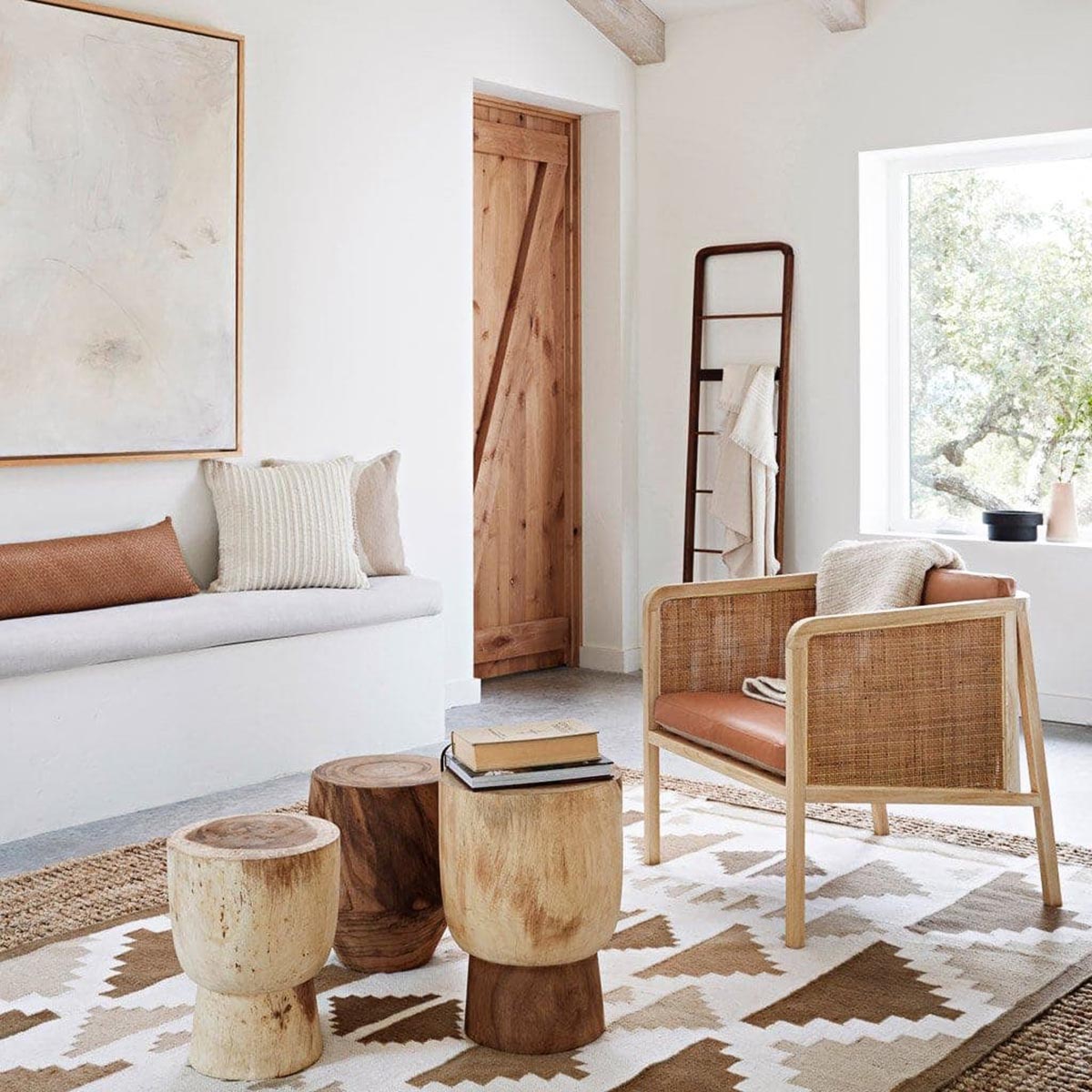

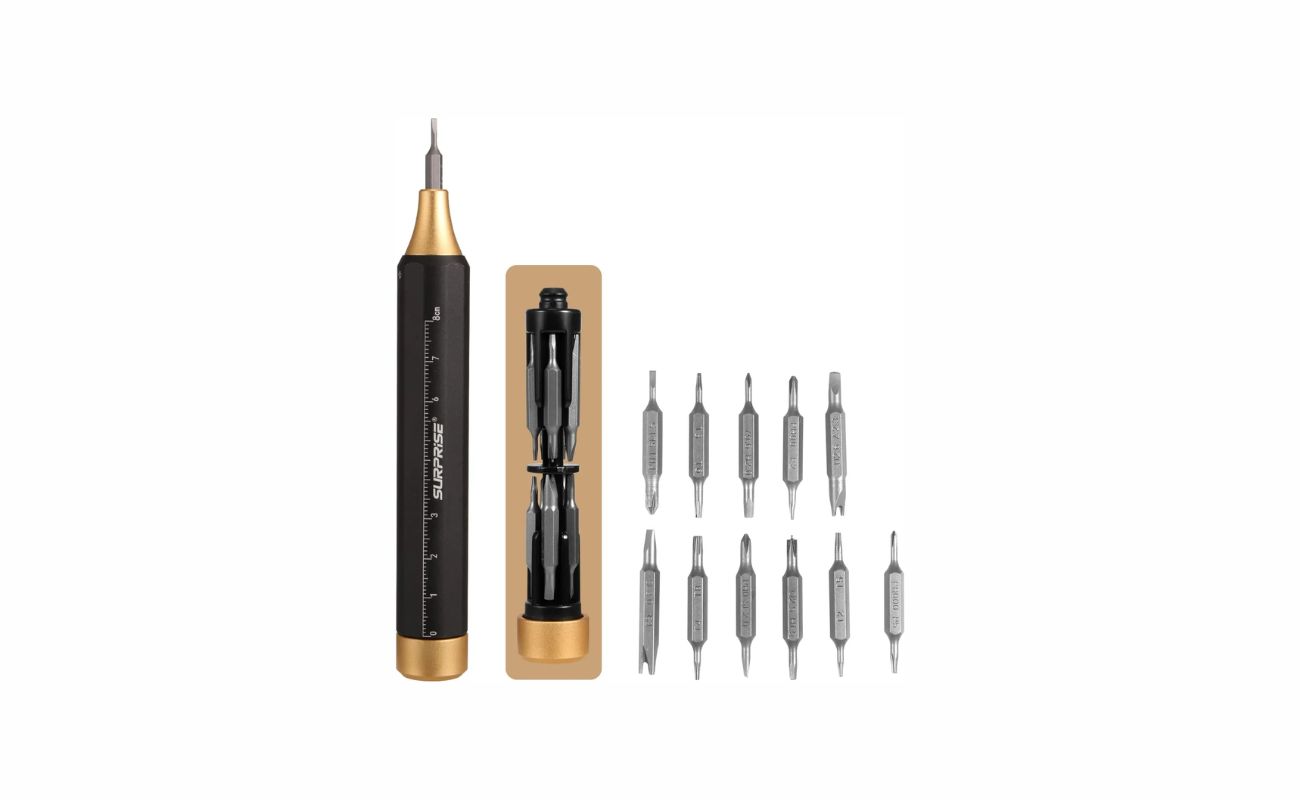


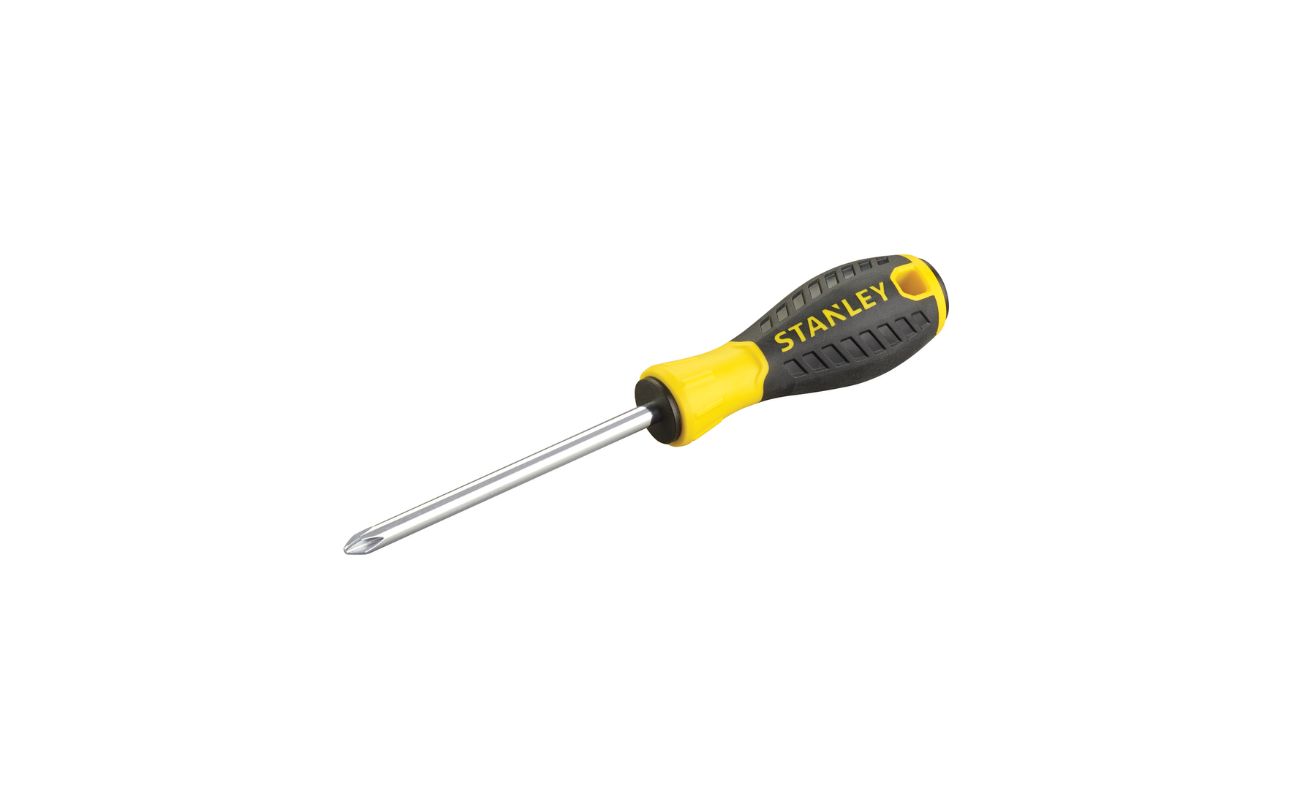
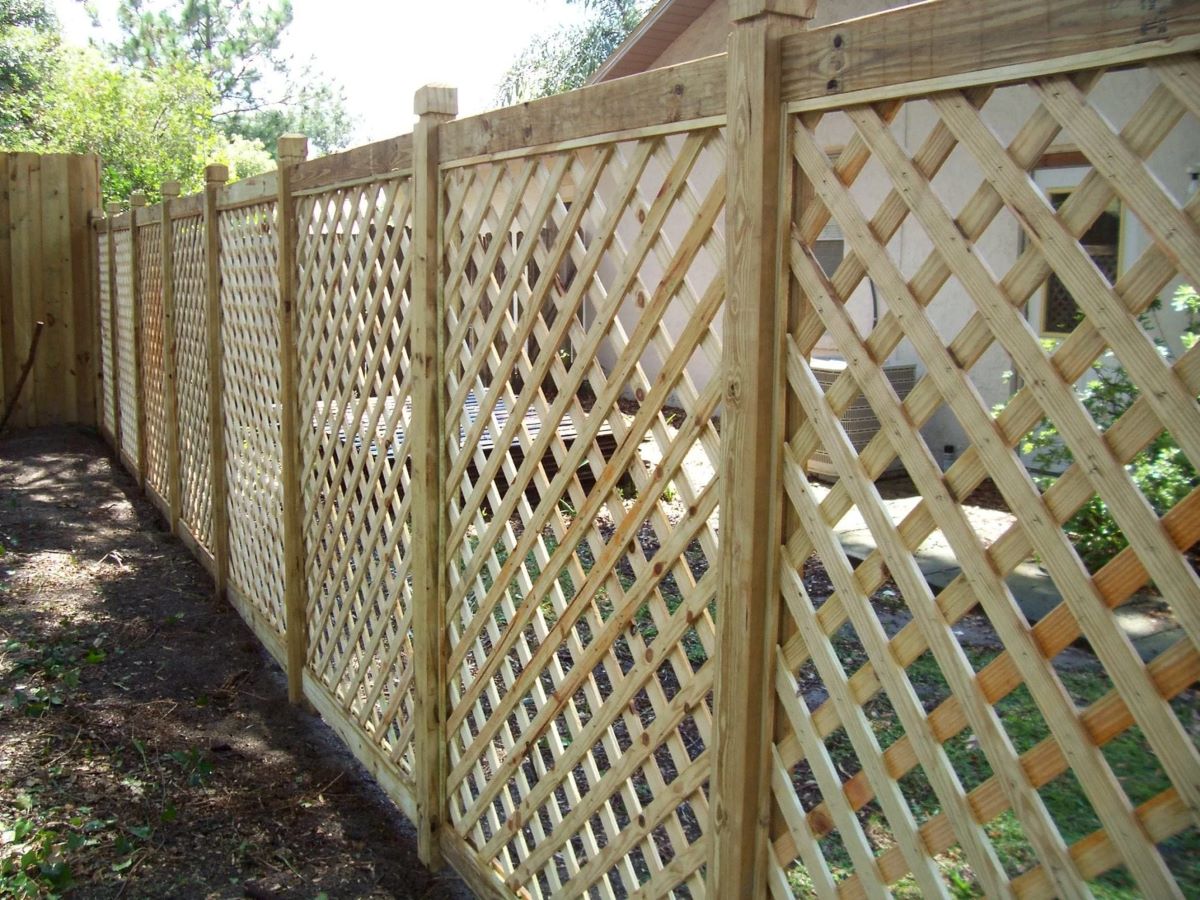
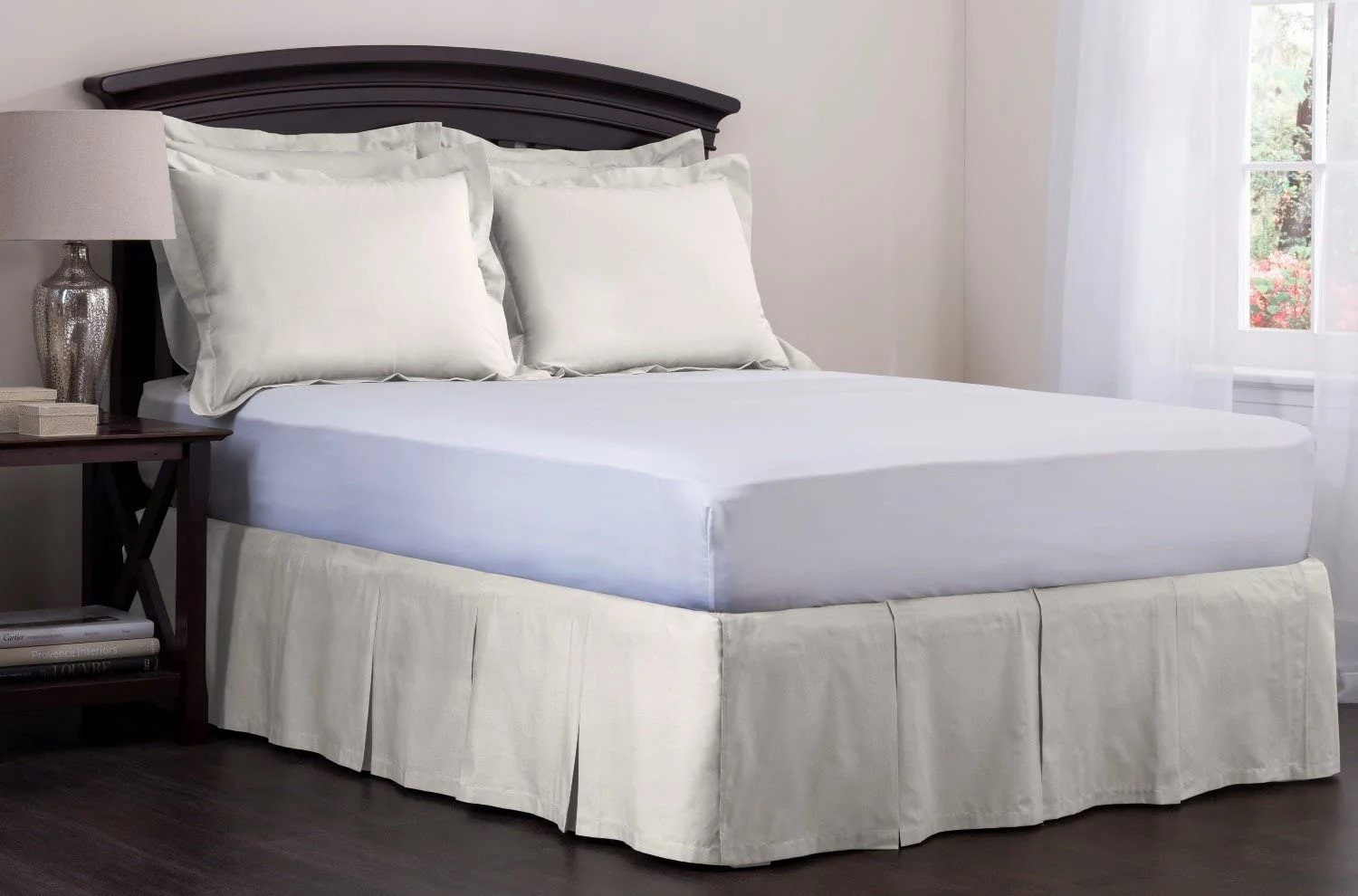
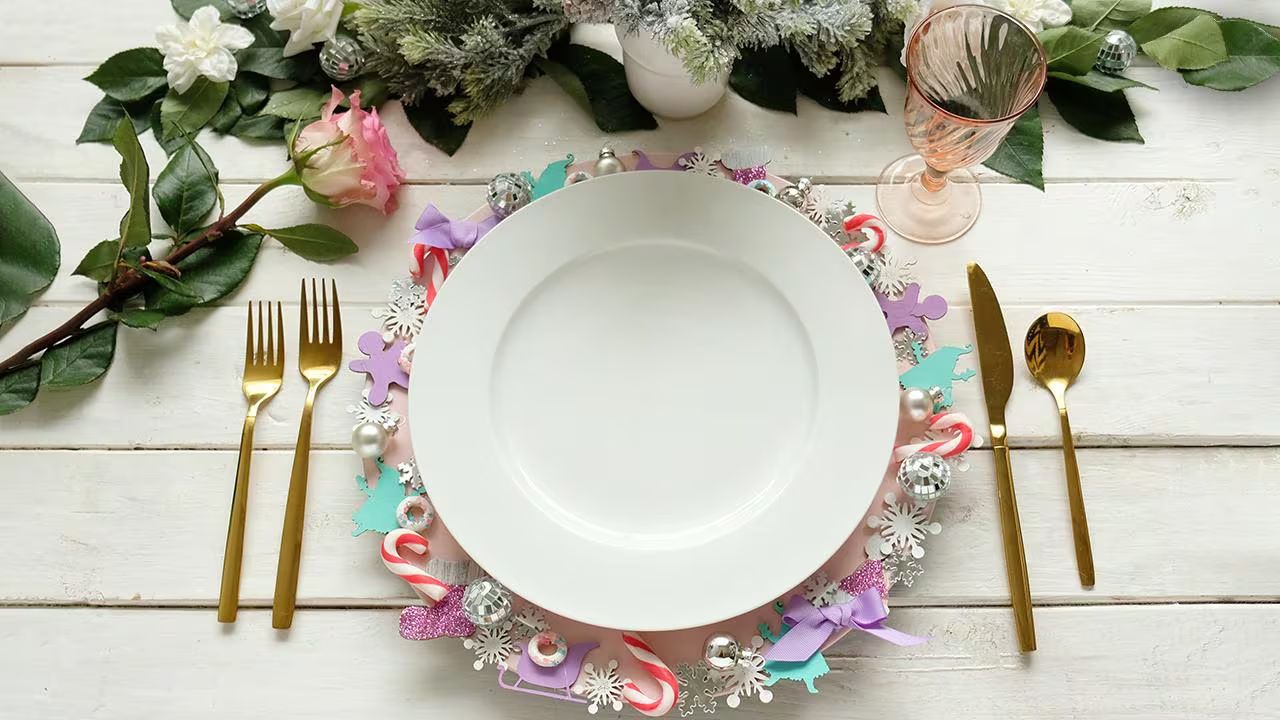


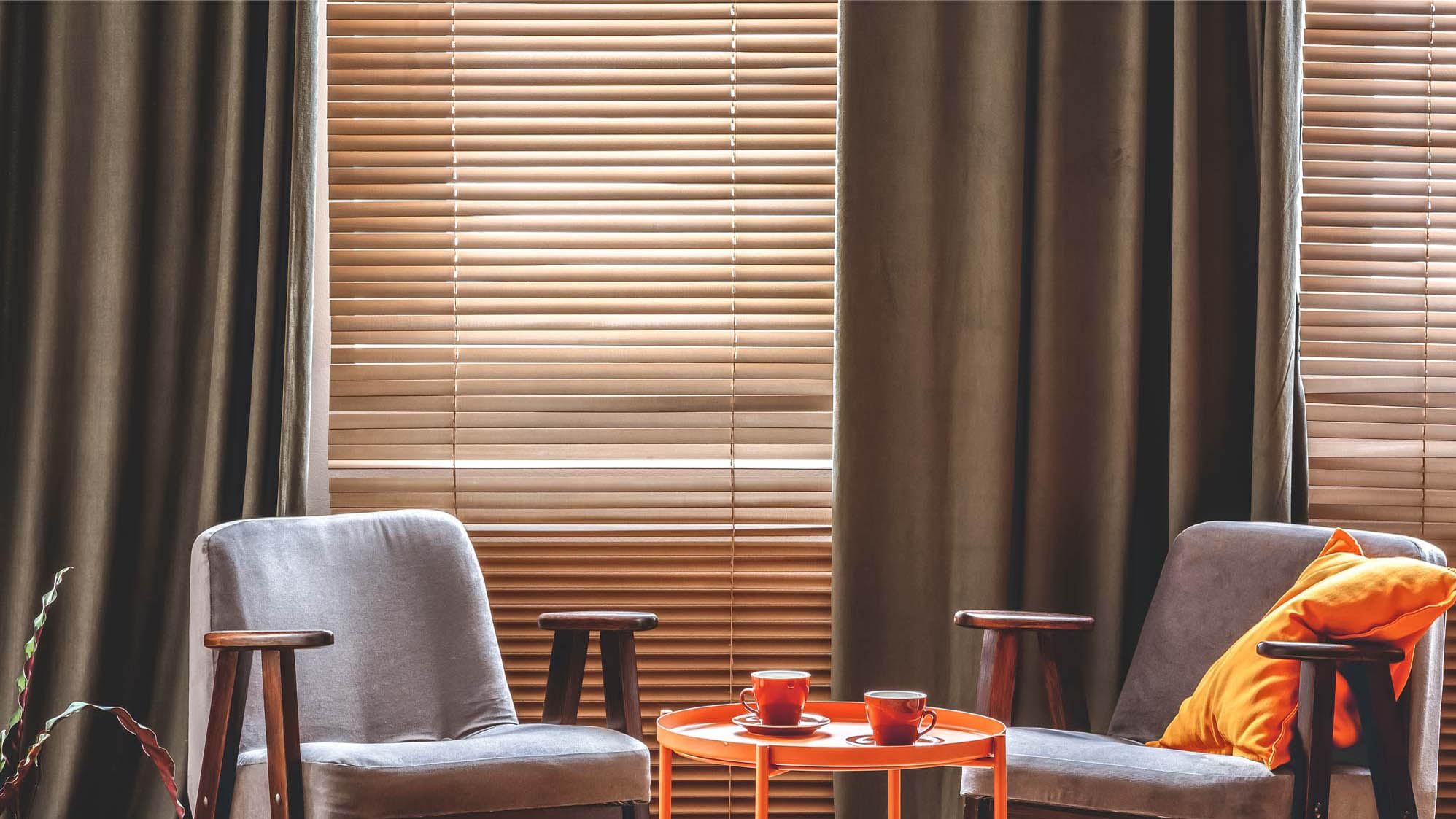

0 thoughts on “What To Use Instead Of Lattice Under Porch”